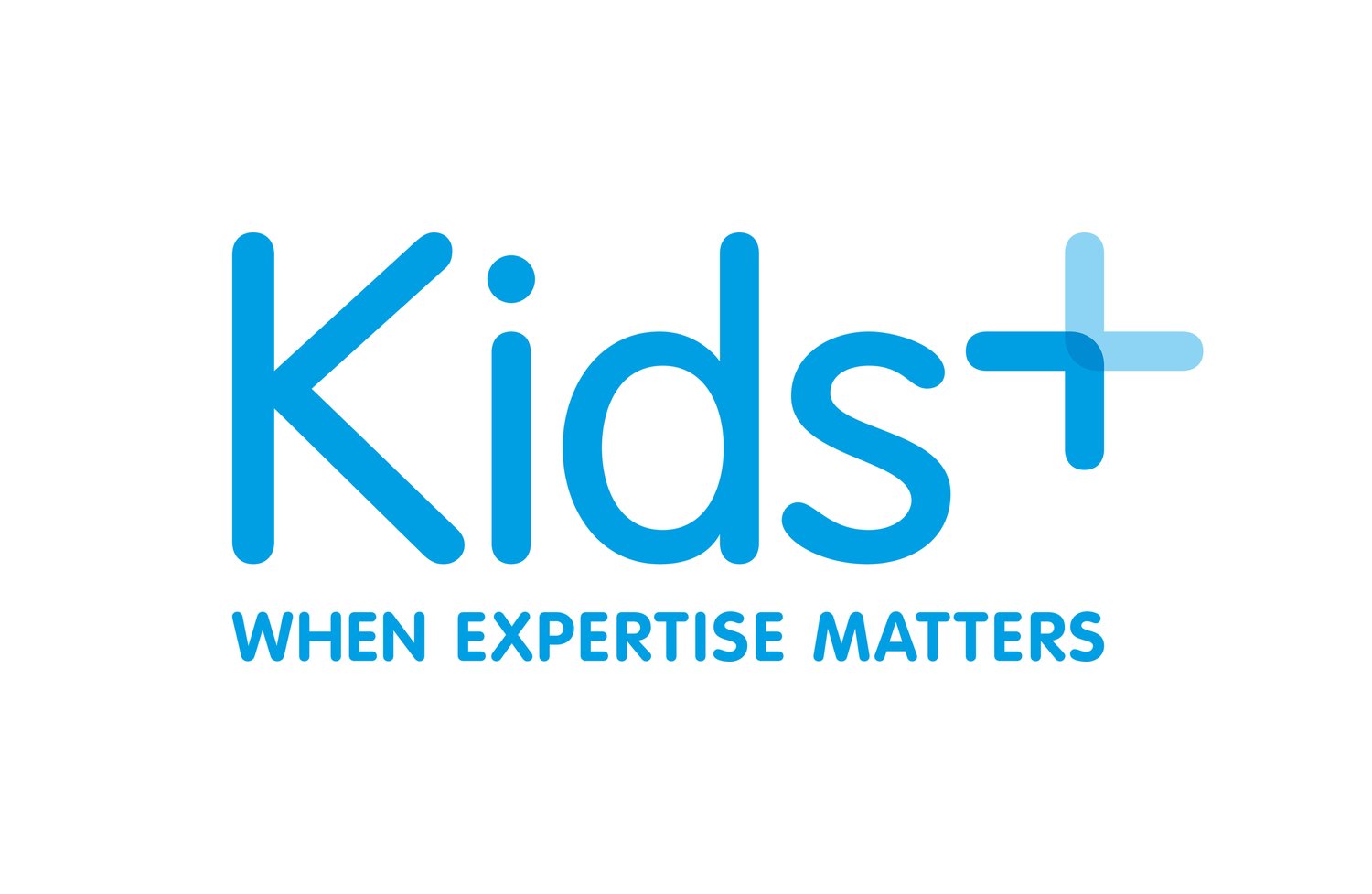The Power of Choice
Written by Bianca - mum of Tom
There’s a lot of power in the act of choosing.
By supporting Tom to make choices I feel I’m assisting his need for independence. He’s 13 years old now and things are changing.
But where to start? We began with food, snacks and morning tea.
What choices do I give Tom? His choices look a bit like this...I present a banana and a tub of apple purée. Tom taps on the one he wants. Then from the fridge I offer the choice of yoghurt, custard or rice pudding. Tom touches his preference and selects his snack. It’s berry season so I offer him two punnets; blackberries and raspberries. Tom taps the one he wants. He likes to watch me squash the berries with a fork and change the colour of the custard or yoghurt to pink or purple. Thirteen years of mashed bananas is wearing a bit thin. All of Tom’s fruits are mashed or puréed but I try to get him to see them whole first-time started choosing snacks then sweet or savoury biscuits. As long as they have crunch Tom can manage to crunch, chew and swallow safely. Tom now chooses his breakfast. In the morning he wheels to the pantry and taps on the cereal box or hands it to me. It’s porridge or All Bran or Weetabix. Then he picks the fruit he wants with it. A strawberry/apple purée or maybe some pear or a kiwi fruit? Same with drinks. I present the 2 litre bottle of milk and the apple juice and he taps his choice. Or cordial too. The blackcurrant or the orange cordial for school today? I overpack Tom’s lunchbox for school so he can continue to make choices with help from his teacher and education assistant. They also offer him choices at meal times (except his hot lunch - usually the purée meat and veg dinner from the night before). If it’s not chosen then it goes back home at the end of the day and I just present it again as a choice later. At dinner time, Tom chooses a few of the vegetables we eat. Usually different colours. Carrots and pumpkin? Green beans or broccoli? Corn on the cob or cauliflower? Then I actually show Tom the meat for him to tap on. Will it be chicken, pork chops or steak tonight? I’ve learnt a lot about Tom by giving him choices. It’s opened up new ways for us to communicate. I always talk to Tom but sometimes I feel like a narrator. And I don’t want to just talk at him. So by actively choosing different colours, different sizes and shapes of fruit and vegetables gives us both something. A shared experience.
I’m describing what we see, feel and experience. And I hope it extends to Tom’s learning at school. I know he likes exploring the vegetable garden, chooks and messy cooking. With choices comes new practical skills like counting and identifying colours and shapes. I’ve noticed Tom is getting more involved with things this way. He’s watching me planning, preparing, cooking then puréeing his food. What I’m making suddenly seems interesting. The loud hand mixer and the bowl is now something Tom shows an interest in by looking at what is being made. And there really does seem to be a connection with what he’s eating. Offering new foods, new tastes and new textures is just having a try. Tom turns away or chops my hand away if he’s not keen on something. But sometimes it’s accepted and then it becomes just another choice. And Tom’s making choices not just with food. He chooses his clothes; from the socks and shoes to his t-shirt and jacket. With clothes you can really witness the act of choosing. You learn that the thing chosen again and again is a favourite. Then out of nowhere the selection is different.
Shopping at Target last week I saw the care in selecting his pj’s. It was a careful choice. Tom chose the grey ones with very soft cotton not the super hero flannel I thought he’d go for. But even a fickle and seemingly random choice is interesting. Even if I present Tom with two identical spoons he makes his choice. It’s like he’s had a little win. Advantage Tom! I think that independent action of making a choice and showing a preference means a lot. Tom’s making decisions. To have the power of choice, to prefer something rather than something else is amazing. The alternative is no options, no choice. And a child of any age or ability understands what is not fair. Nobody likes being told what to do. Most of Tom’s life I’ve been reading his behaviour, his noises for cues and guessing what he wants. It’s tiring. Although supporting Tom to make choices is at first time consuming it’s now just the happy normal. There’s variety and I’ve noticed Tom’s more confident. He wants to self-propel his chair. I feel better that I’m supervising Tom not controlling him. Tom’s literally moving in his own direction.
I want to support Tom to keep choosing what he wants. I can see his personality and individuality and he’s growing up and changing. Infantilisation is treating a disabled person like a child. Tom is a child but he’s at thirteen it’s important that I’m giving him choices that are age appropriate. Since we’ve embraced choice Tom’s begun using a communication device. At first he used it to describe things, crunchy biscuits, shirt dirty or the weather cold. Now Tom’s communicating what he wants. Pack up now, go to the park in the car. Already Tom’s music recommendations on his device have changed. There’s been a shift from The Wiggles to songs from the Beastie Boys! Tom’s now starting to wear all black.
Choice is transformational!
